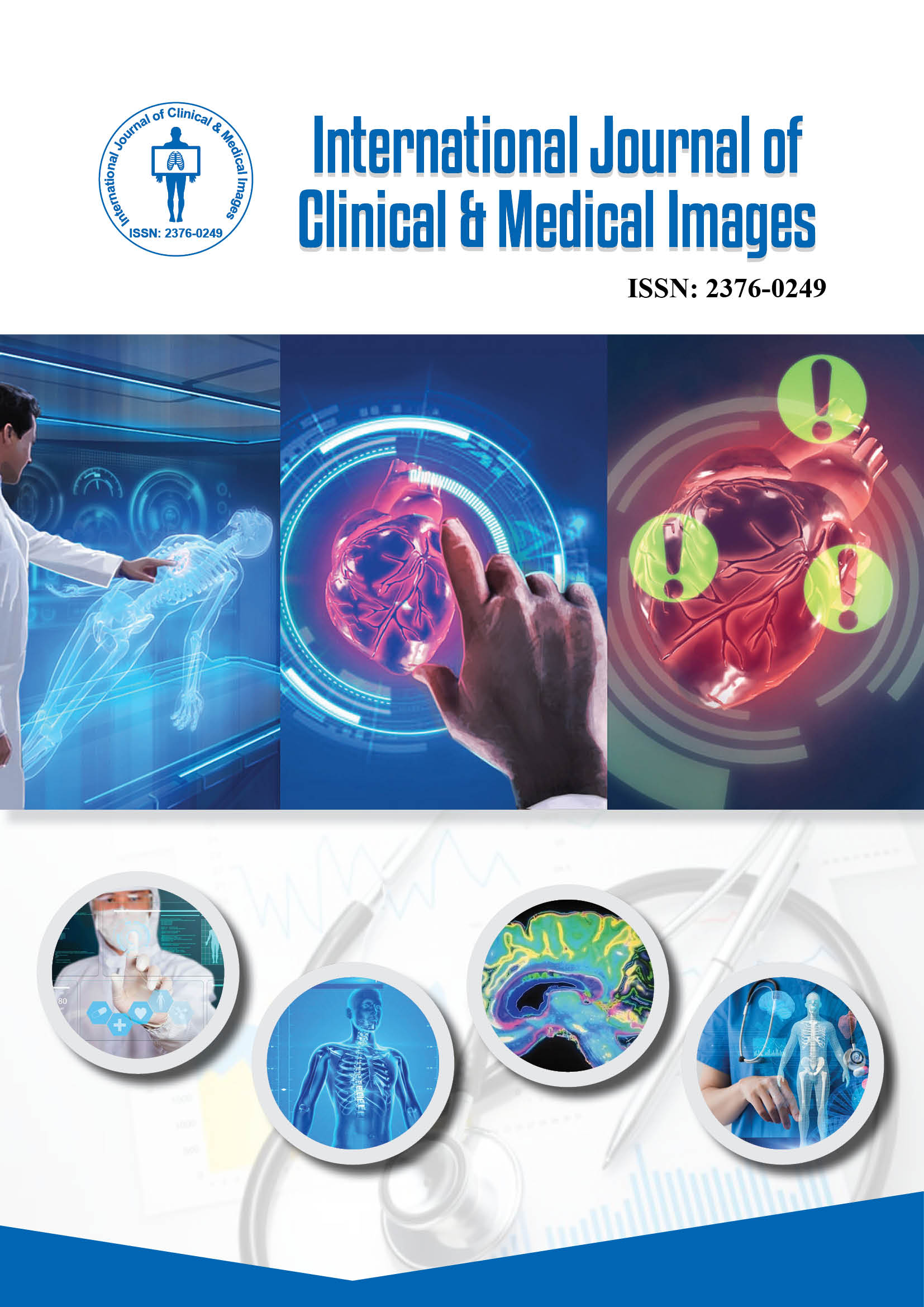2376-0249
Editorial - International Journal of Clinical & Medical Images (2025) Volume 12, Issue 5
Author(s): Wakim Sarwar
From Image to Diagnosis: A Problem-Solving Approach in Radiology emphasizes the art and science of interpreting medical images to arrive at precise clinical conclusions. Radiology serves as the visual foundation of modern medicine, transforming unseen internal structures into clear diagnostic information. However, the real challenge lies not in viewing images but in deciphering their meaning through logical reasoning. By adopting a systematic, problem-solving approach, radiologists and clinicians can link imaging findings to clinical presentations, narrowing differentials and reaching accurate diagnoses efficiently.
Effective diagnostic reasoning in radiology begins with pattern recognition and proceeds through analytical interpretation. Radiologists must assess image quality, identify key abnormalities and interpret them within the context of the patientâ??s history and symptoms. This stepwise process observes, analyze, correlate and conclude helps in differentiating between similar-appearing pathologies. For instance, distinguishing infectious lesions from neoplastic masses or acute hemorrhage from ischemic changes requires both visual expertise and clinical correlation. Such structured reasoning enhances diagnostic precision and supports evidence-based decision-making [1].
Case-based learning has become an essential educational method in radiology, promoting active engagement and critical thinking. Reviewing diverse imaging cases from simple fractures to complex oncologic findings allows learners to practice diagnostic reasoning in real-world scenarios. Annotated images, case discussions and visual atlases serve as powerful tools to strengthen interpretative skills. This approach not only improves diagnostic accuracy but also builds confidence in recognizing normal variants, subtle abnormalities and rare conditions that demand heightened clinical awareness.
Technological innovations are further refining radiologic problem-solving. Artificial intelligence and advanced image processing are now capable of detecting patterns beyond human perception, assisting clinicians in screening, quantification and early detection of disease. Yet, the human element remains indispensable contextual understanding and clinical judgment ensures that imaging findings translate into meaningful patient care. From Image to Diagnosis exemplifies how combining visual analysis, logical reasoning and technological innovation continue to elevate radiology from image interpretation to informed clinical insight [2].
Radiology, Diagnostic reasoning, Medical imaging
None.
None.
Google Scholar Cross Ref Indexed at
 Awards Nomination
Awards Nomination

